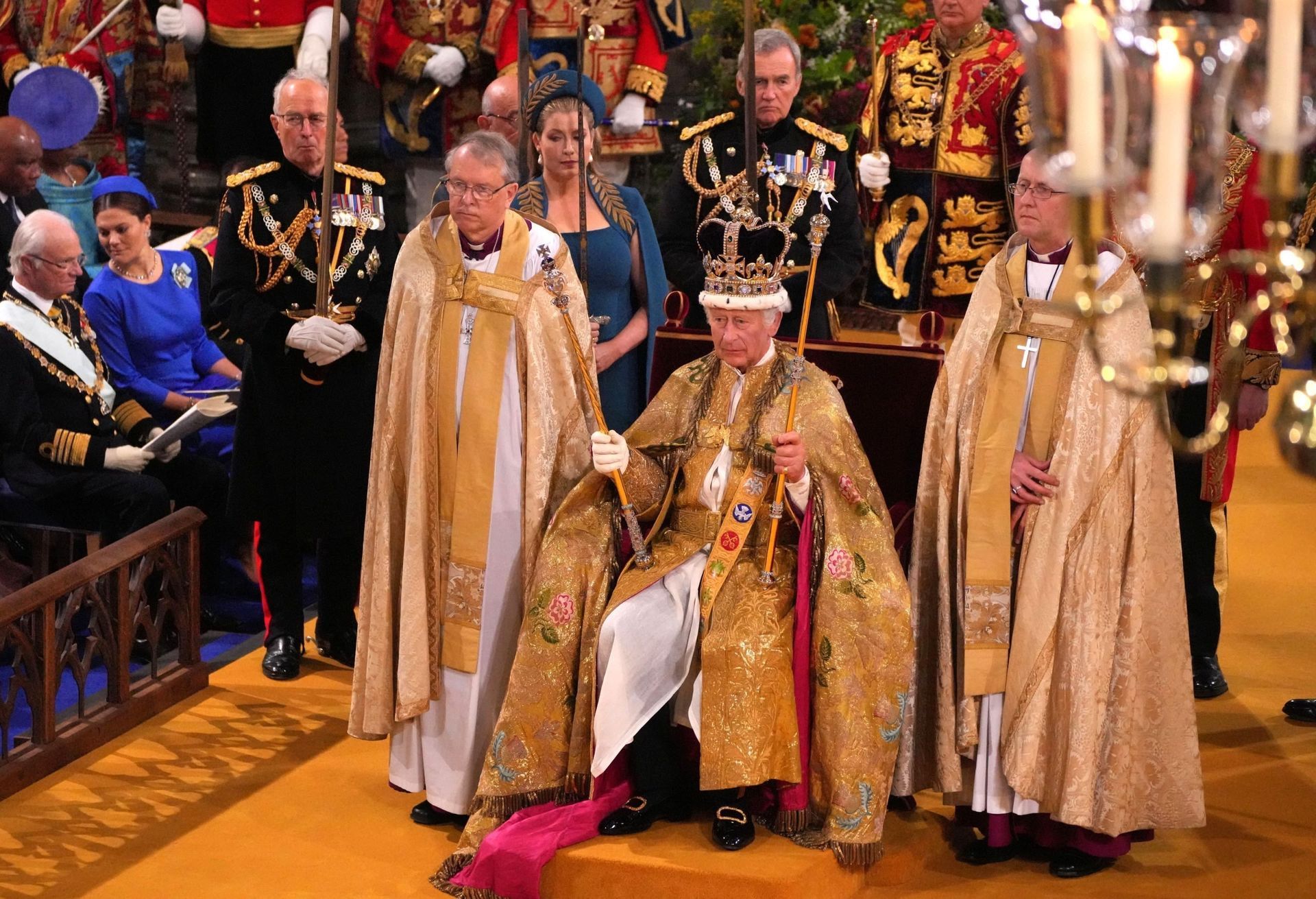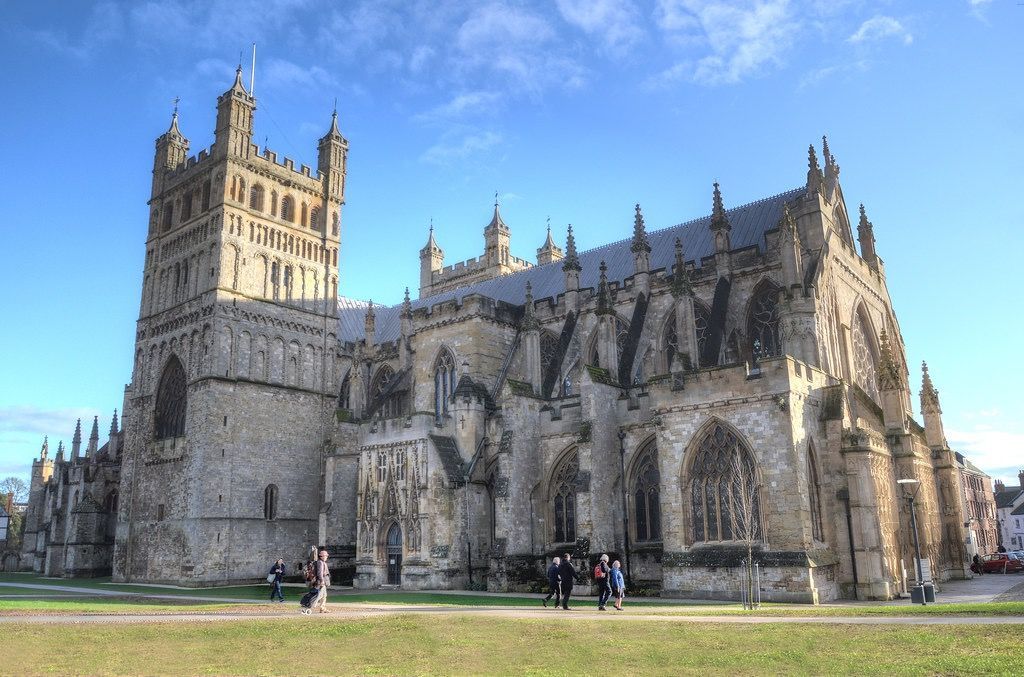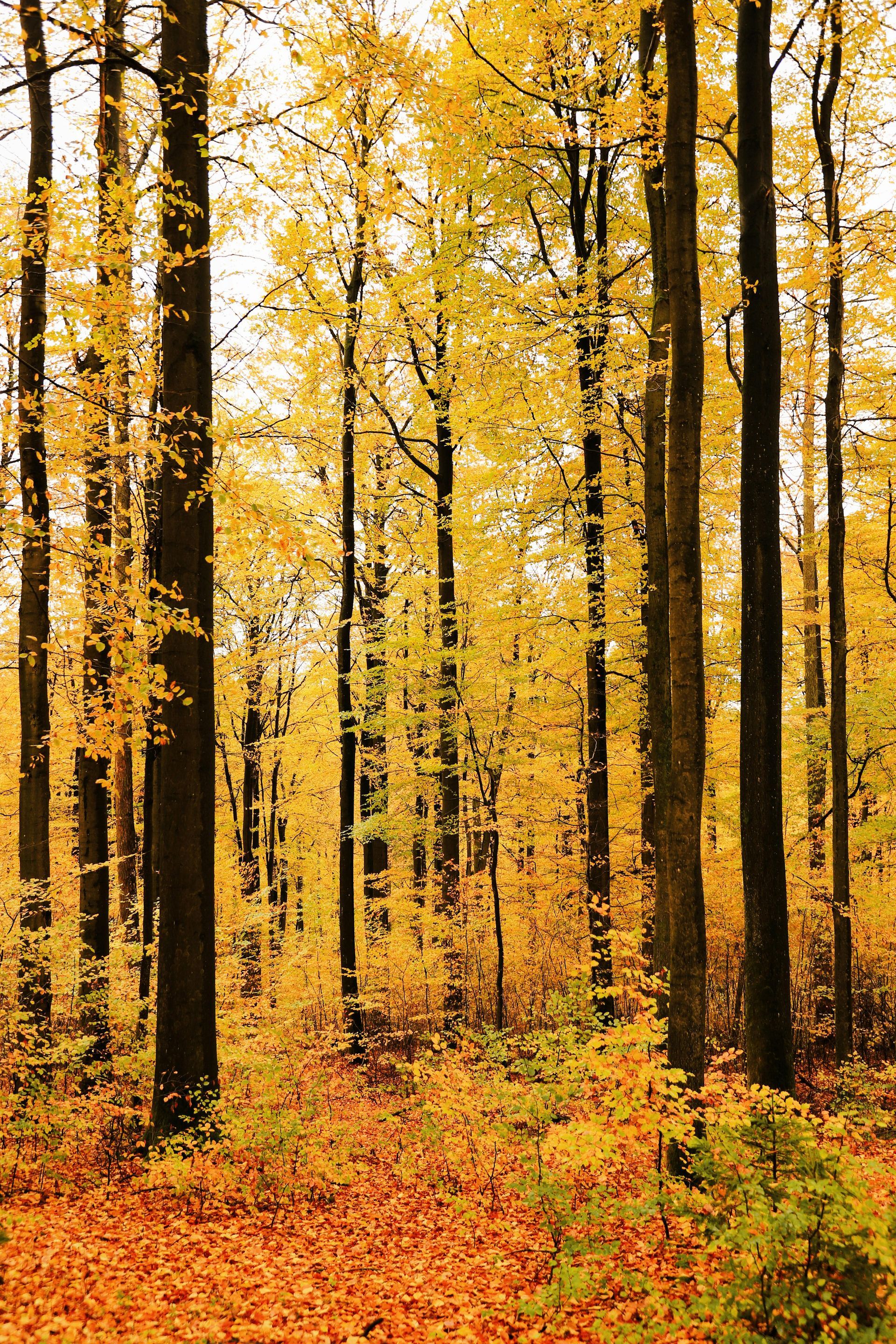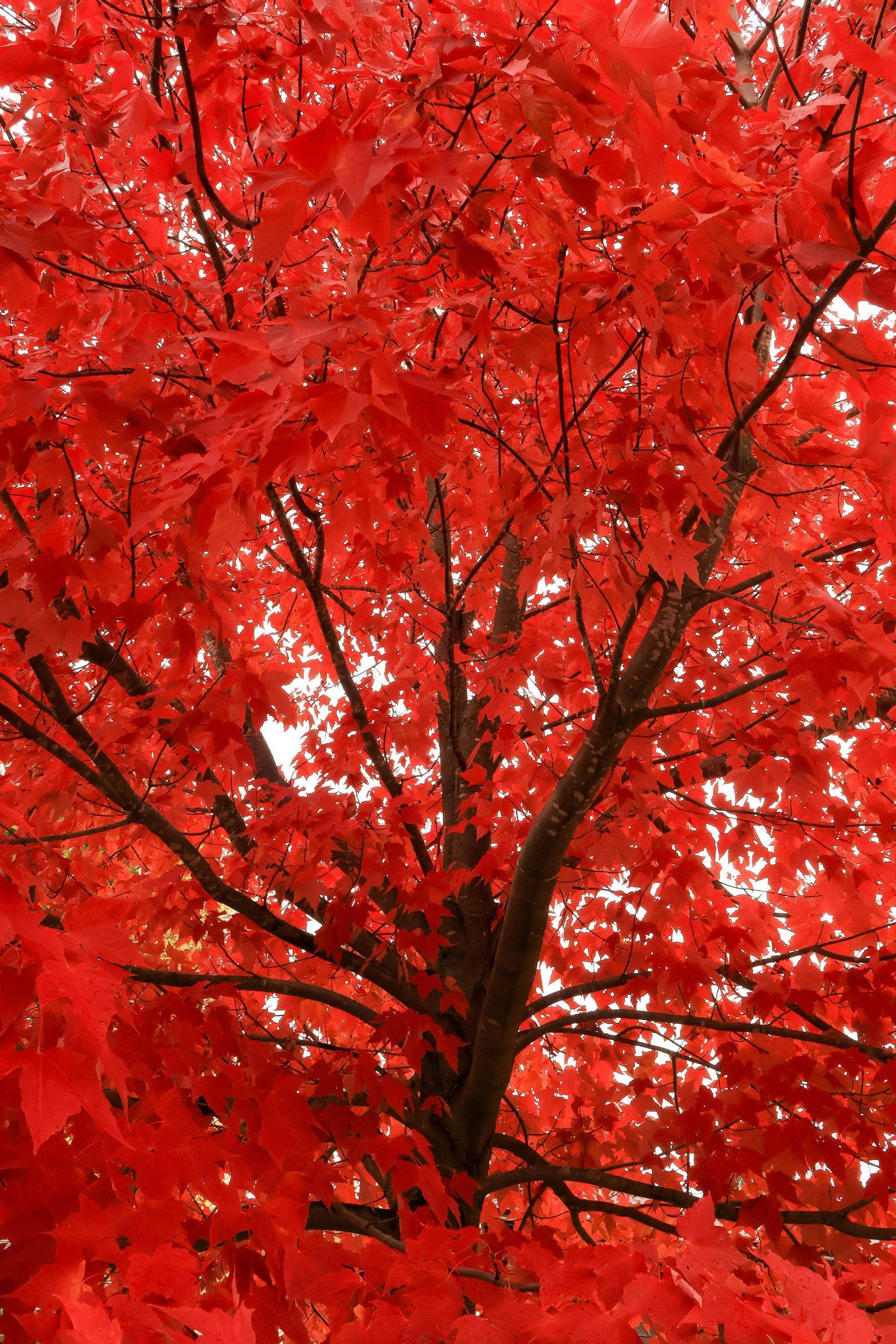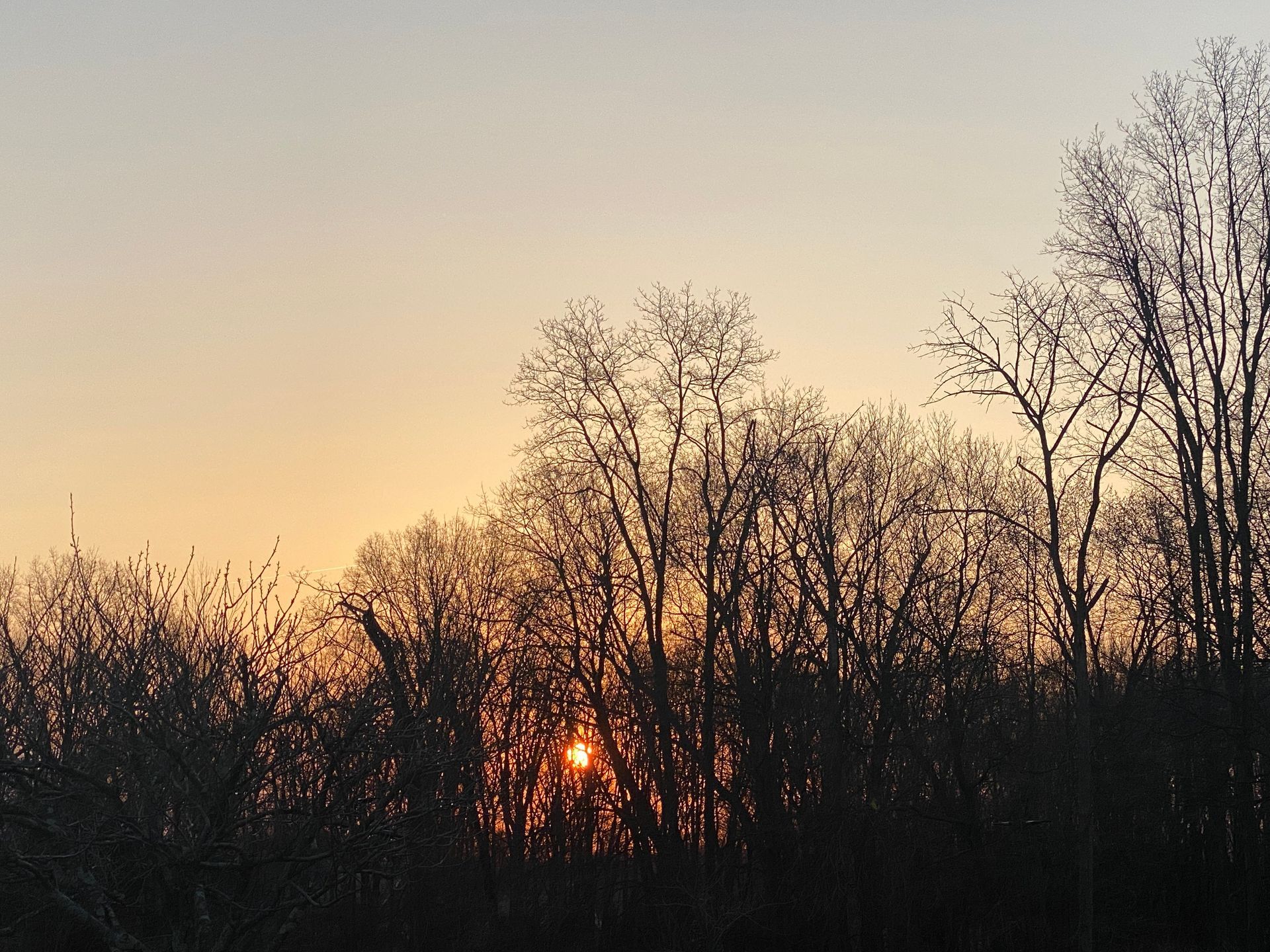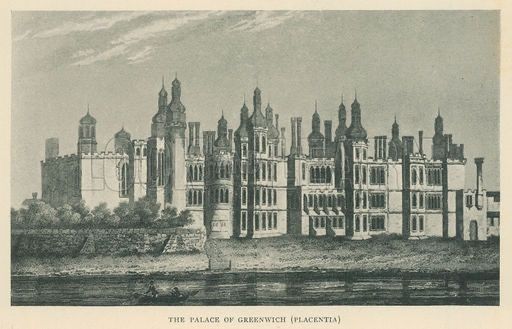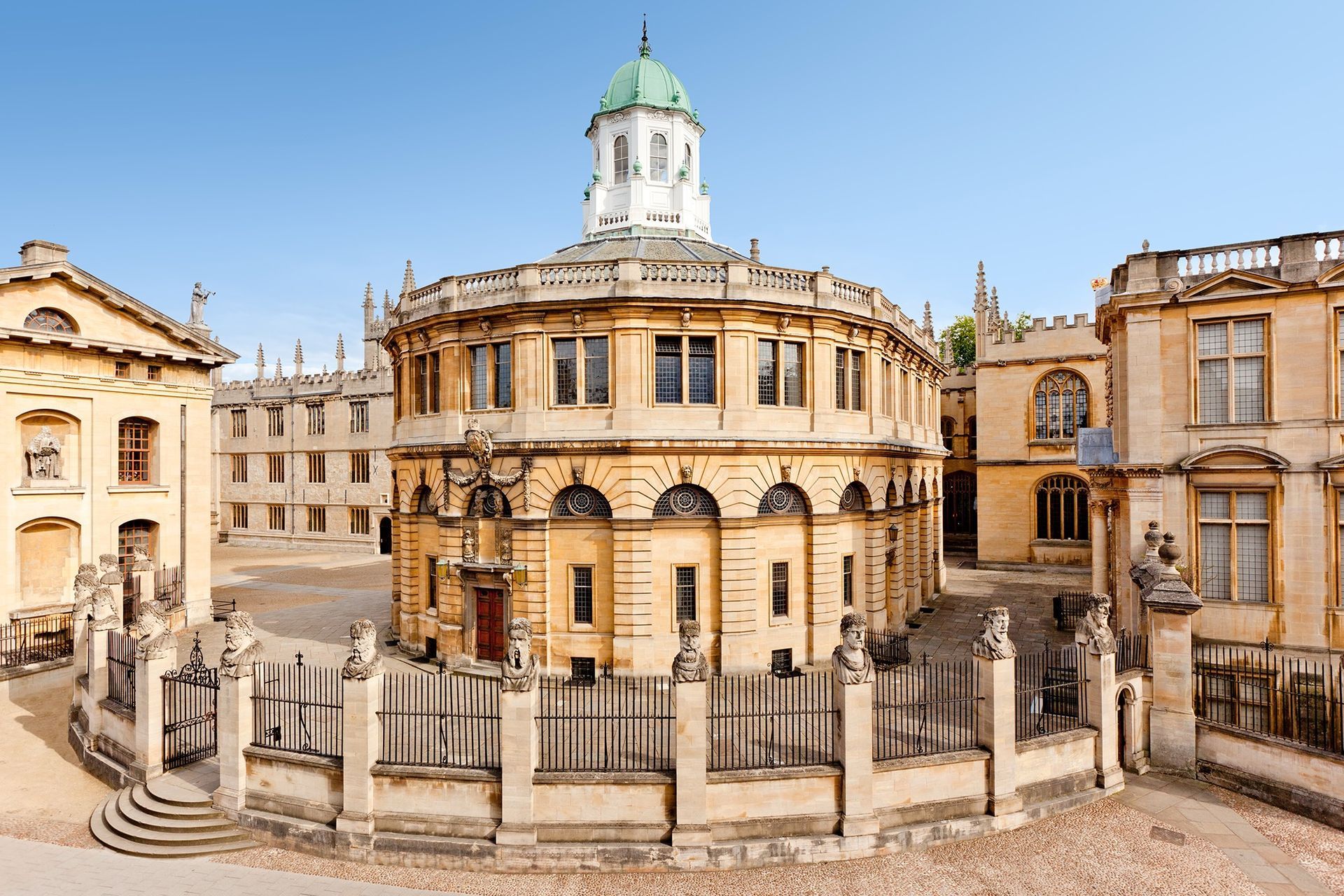Come to Mount Zion
Rev. Michael J.V. Clark • August 30, 2025
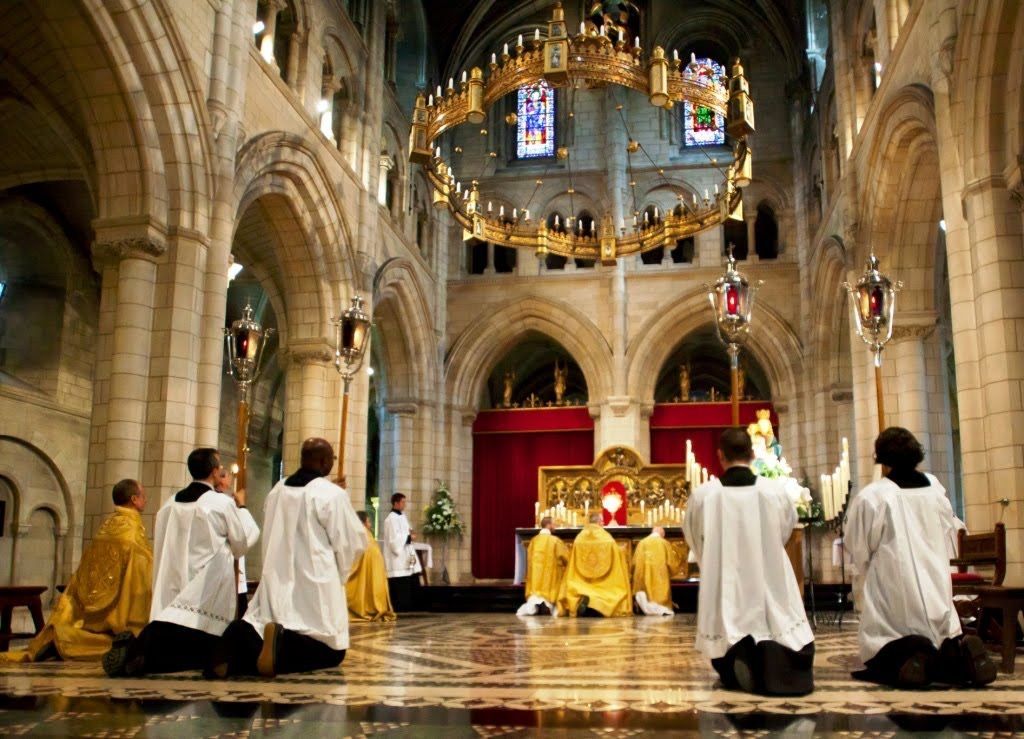
“You have come to Mount Zion, and to the city of the living God, the heavenly Jerusalem, and to innumerable angels in festal gathering.”
Heb 12:22
This quotation from the Letter to the Hebrews was read every week in my home parish at Benediction on Sunday evenings. I loved that service, it was so calm - after the busyness of the morning, the church retained a thick stillness - the incense sometimes hung in a fog like a layer cake over the Sanctuary. It was holy.
But what struck me then, and strikes me now, is how the Bible was able to describe with pinpoint accuracy something that was unfolding liturgically. It was, if you like, the perfect commentary to the action of the priest, and what it meant to be in the presence of the Most Blessed Sacrament.
When the Letter to the Hebrews was written, its human author would have had no conception of exposing the Blessed Sacrament for worship - that’s not a disadvantage: the author knew the Incarnate Lord. However, this passage describes perfectly what happens when we are at Mass, and by extension, what happens when the world shudders to a stop whenever the Church exposes the Blessed Sacrament for public Adoration.
It’s this activity, we call Exposition and Benediction I want to talk to you about today. Many times it’s confused with the term, ‘Adoration’ - here’s the difference: you can adore the Lord whether the Blessed Sacrament is exposed, or reposed in the Taberacle - in other words, Adoration is possible 24-7, but Exposition of the Blessed Sacrament is a formal ritual, governed by Church law.
We already have Exposition here at St. Paul’s once a month, on First Fridays, but it’s only for a brief moment whilst devotions are recited. I would like to begin Exposition every week, for a particular purpose, that I’d like to share with you, and invite your help in making a reality. I would like to expose the Blessed Sacrament for public worship every Wednesday afternoon, for the intention of our young people in Faith Formation, between 4 PM, and 6:30 PM, and to do that I will need your help: it cannot be done unless we have volunteers to guard the Eucharist - at least three at any one time. So first, I will explain what it is, and secondly, why it is so beneficial to your spiritual life.
It’s important I don’t assume everyone already knows what Exposition is. It’s quite possible to go to church every Sunday, and never really encounter it. In the 1960s, the Church went through a time when Exposition was phased out, it was seen as outdated, and insufficiently participatory. This was a mistake - the difference is the mode of participation.
Exposition takes one key moment of the Mass - the moment when the Host, or Chalice, are elevated and shown to the people, and kind of elongates it - expands it, or, if you like, freeze-frames it. The Latin verb to show is monstro - from which we derive the word, ‘monstrance’ for the piece of equipment into which we place the Eucharist, but the connection between the Mass and Exposition is essential. Even amongst pious people, this connection is not always well understood.
When I said you see the Elevation in freeze-frame, remember that every Host you look at in a monstrance is on its way somewhere. It is not some kind of meta-relic that we stash away in the back, to bring out on special occasions. It is food - the Bread of Life, and every Host consecrated is consecrated for someone - it has a destination - to be united with the body of a Christian believer, known to God from all eternity, in order to nourish them, soul and body, to bring them forgiveness of sins, and healing in spirit, and to claim them for Christ, over and again.
Perhaps you might pray for the person who will, one day, consume each and every Host you adore - it may well be one of you! I’m a priest, and I must have consecrated thousands of Hosts. Sometimes I might know for whom they are consecrated, but most of the time, I don’t - but God does. The Host you consume at Mass today was made from the flour of wheat grown from a seed in field. God knew the destination of that seed before it was ever sown - that it had the blessing of being transformed into the substance of the Body and Blood of the Son. It’s quite remarkable, when you think beyond the topical. Beyond what you’re familiar with. Beyond what you think you know.
That’s where Exposition comes in. During Exposition, nothing much happens, you look at the Host, the candles look pretty, the incense is impressive, and the singing is otherworldly (hopefully in a good way…) but when you look at the Host, you are looking at Jesus. And Jesus is looking at you.
That’s right - since the Host is what Christ is, and is where Christ is, a chance to place yourself before the Lord of All Things, is a moment to see, and be seen. Yes, God is everywhere - but He calls you to himself - he wants to be intimate with you, not just in theory, but in practice. He wants you to present your body a holy, living sacrifice. He wants to know you, and for you to be known. At Mass, with all its distractions, and movements, sometimes the contemplative mode of participation is challenged.
Exposition is a way to regain that contemplative mode, which is in fact superior to any form of activity, because contemplation is the highest form of prayer that exists.
At the end of Exposition comes Benediction, a word that simply means ‘blessing.’ It it special, because the blessing comes from Christ personally - not from the priest acting with Christ’s authority. To be blessed with the Host is to be touched by Christ himself, without any mediation of the priest. For this reason, Benediction has certain rules, and certain vestments. There must be a set number of candles burning, incense must be used, the Collect must be sung, and the priest must put on the humeral veil - a decorated vestment hangs over his shoulders, symbolically separating himself as a person from the blessing that is given with the Eucharist itself. When Exposition comes at the end of Mass, there should be a seamless transition from one liturgy to to other - a segue, for all you professional musicians - and the blessing usually given at the conclusion of Mass is substituted for the Benediction of Christ with the Monstrance.
All these things the Apostles would probably never have imagined the night before his Passion when Christ instituted the Lord's Supper. But they are the organic outgrowth of what He did that night - He handed himself over to unholy hands - indeed, you could argue the first to ‘expose’ Christ was Pontius Pilate - and made Himself vulnerable to us, in order to save us. It’s that saving gift we participate in at Mass, and it’s the saving Person we adore in Exposition. As we deepen our respect and reverence for the Eucharist, let us never forget who it is that comes to us in the form of Bread and Wine.
Blessèd and praised be Jesus Christ
In the most holy Sacrament
Hosanna; Hosanna, Hosanna in excelsis.
Recent Posts

